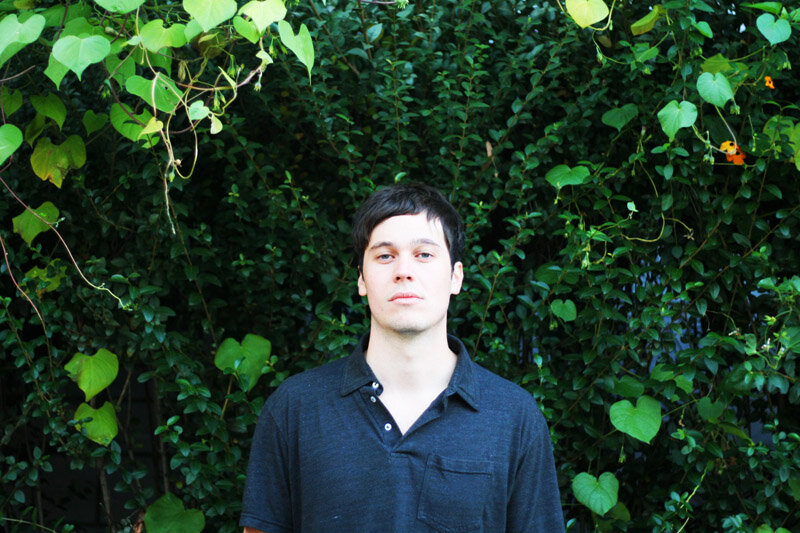Washed Out, Sexed Up

Ernest Greene discusses Paracosm, temperament, and "sex music."
Since 2009, Washed Out, AKA Ernest Greene, has disseminated a niche brand of ethereal, decadent synth pop. 2011's Within and Without is the album that brought Washed Out, which plays the House of Blues Wednesday, to the forefront of chillwave, and cemented the band, alongside related act Toro Y Moi, as the poster child for the genre.
Since then, Washed Out has acquired a sub-reputation as a purveyor of “sex music.” It’s a classification that Greene embraces, perhaps out of necessity. A cursory Google search for “Washed Out” invariably yields links to “sex playlists” and pieces detailing the “Soundtrack to Your Sex Life.” “I’m okay with it,” Greene says. “When I was making the songs for that album I wasn’t imagining people having sex or anything. I think the artwork took that a long way.”
Greene expressed both amusement and chagrin when the cover image for Within and Without appeared on the cover of Cosmopolitan in an article entitled “Is This the Most Satisfying Sex Position?” The cover art, like the music, is crisp, composed, sensual, which makes it perfect fodder for sex blogs and the like.
“There’s this Twitter account that posts exclusively sex gifs,” Greene says.” And their avatar is the cover art for Within and Without. So I get tagged all the time with these explicit porn gifs. It’s pretty fun.”
At the time, Within and Without was Greene’s more ambitious exploration of the drowsy, narcotic synth-sound seen in 2009’s Life of Leisure. Paracosm, released last year, is a distinct departure from both records. It’s a sunnier synth-pop, Within and Without on uppers or hallucinogens.
“When I first started putting it [Paracosm] together, one of the big things that I wanted to try was to make an optimistic and uplifting record from beginning to end,” says Greene “It’s actually much easier for me to make sadder, more melancholic kind of music. So it was somewhat of a challenge and playing against my strengths to write more--for lack of a better way of putting it--‘cheery’ songs.”
Paracosm moves along at a faster pace. The sound maintains a characteristic richness, but it is lighter, less penetrating. The first track, “Entrance,” sets the tone for the rest of the album. The song is an instrumental just over a minute long that blends bird sounds, bongos, and intermittent laughter. It signals Greene’s entrance into chipper chillwave, unfamiliar territory for the serially somber songwriter. The move comes in direct opposition to Greene’s personal proclivities, a kind of concentrated counter-sublimation of feeling.
“It was a challenge,” Greene says. “I don’t know if I’m just naturally a sad person or something. I wouldn’t say I’m a very upbeat person. I’m definitely not clinically depressed or anything. But I’m definitely very laid back.”
The shift in sound also reflects Greene’s desire to accommodate live audiences, and to diversify the tempo. “We do a number of big festival shows,” he says. “I thought it would be nice to have some songs that could work in that environment. We just finished a tour in June that was pretty much entirely festivals, and I think the songs are suited for that.”
Ultimately, Paracosm is an exercise in staying fresh, a measure against redundancy.
“More than anything though it’s doing something new,” Greene says. “I never want to make the same album over again.”






